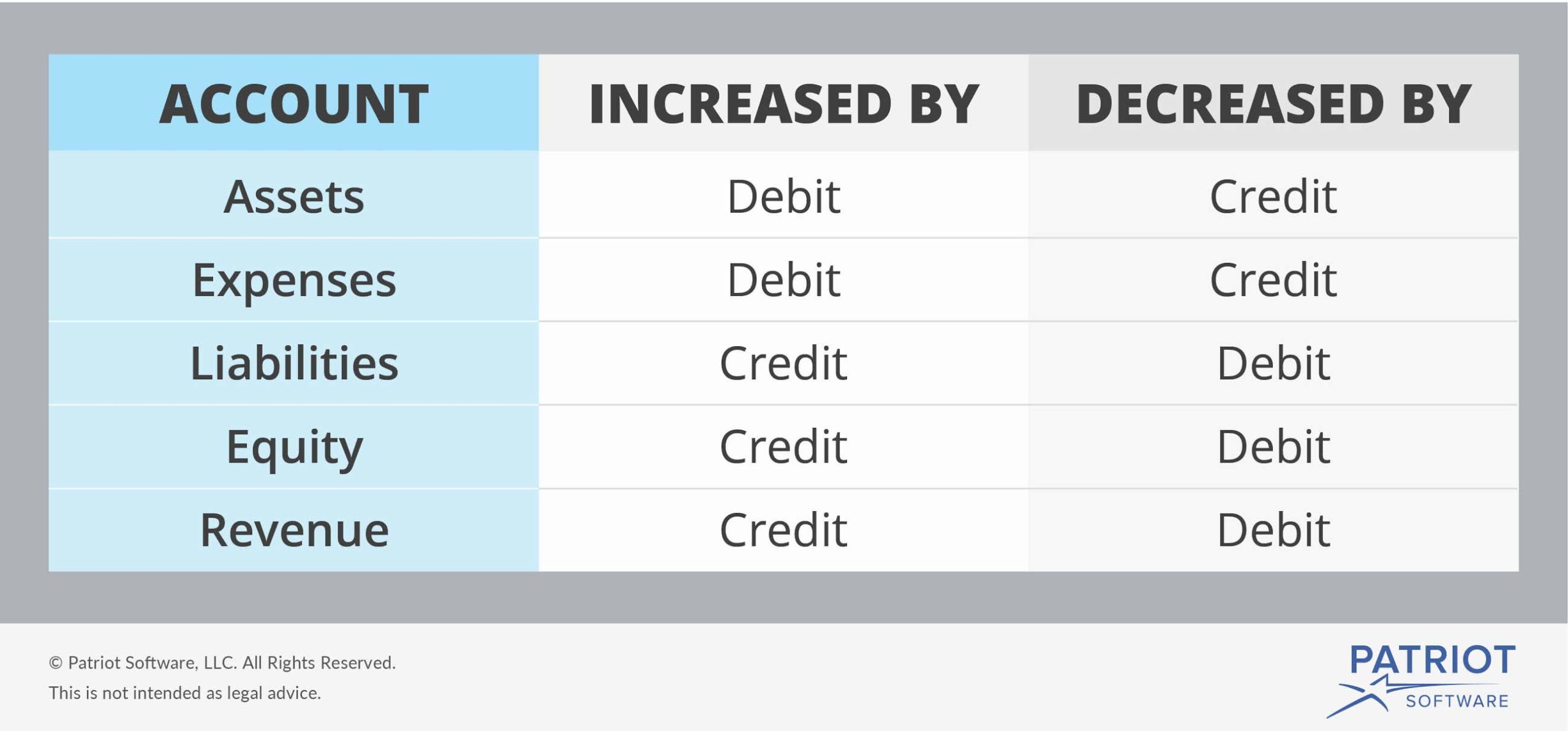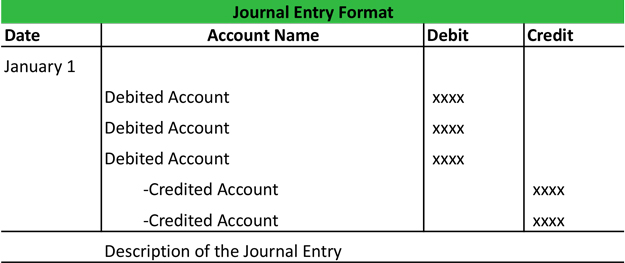

- Debit credit journal entries update#
- Debit credit journal entries manual#
- Debit credit journal entries plus#
The difference between the debit and credit items will be seen at the end of the corresponding side.Īssets equal liabilities plus equity. These account balances are not equal by default, i.e. As every debit has its corresponding credit, the total of the account balances should always be equal and appear on the bottom of each T-account. In a T-shaped account, there is the number of transactions on the debit and the credit side. The left side of the T-shaped account always visualize the debit items, and the right side of the t-shaped account always visualize the credit items. Posting journal entries to the general ledger account are the third step of the accounting cycle. All the recorded journal entries are being posted in the t-shaped general ledger account.

made during the first year in business to the ledger accounts.The T-account format is used by general ledger account in order to visualize the effects of journal entries. Let’s post the journal entries that Paul’s Guitar Shop, Inc. Just like journalizing, posting entries is done throughout each accounting period.
Debit credit journal entries manual#
Manual accounting systems are usually posted weekly or monthly.
Debit credit journal entries update#
Most companies have computerized accounting systems that update ledger accounts as soon as the journal entries are input into the accounting software. Since management uses these ledger accounts, journal entries are posted to the ledger accounts regularly. Ledger accounts categorize these changes or debits and credits into specific accounts, so management can have useful information for budgeting and performance purposes. The purpose of journalizing is to record the change in the accounting equation caused by a business event. This is the second step in the accounting cycle. Once journal entries are made in the general journal or subsidiary journals, they must be posted and transferred to the T-accounts or ledger accounts. How to Post Journal Entries to T-Accounts or Ledger Accounts You can see that in the posting examples in the next section. The left column is always the debit column while the right column is always the credit column.Īs I stated before, some accounts will have multiple transactions, so it’s important to have a place number each transaction amount in the debit and credit columns. This section usually forms the top of the T. The standard T-account structure starts with the heading including the account name. This way you can trace each balance back to the journal entry in the general journal if you have any questions later in the accounting cycle. In order to keep track of transactions, I like to number each journal entry as its debit and credit is added to the T-accounts. Since so many transactions are posted at once, it can be difficult post them all. Here’s an example of how each T-account is structured in the accounting equation. All contra accounts have opposite balances. In other words, an account with a credit balance will have a total on the bottom of the right side of the account.Īs a refresher of the accounting equation, all asset accounts have debit balances and liability and equity accounts have credit balances. The total difference between the debit and credit columns will be displayed on the bottom of the corresponding side. Notice that these are account balances-not column balances. Account balances are always calculated at the bottom of each T-account. Since most accounts will be affected by multiple journal entries and transactions, there are usually several numbers in both the debit and credit columns. Each journal entry is transferred from the general journal to the corresponding T-account. The debits are always transferred to the left side and the credits are always transferred to the right side of T-accounts. Ledger accounts use the T-account format to display the balances in each account. This system allows accountants and bookkeepers to easily track account balances and spot errors in journal entries. This T format graphically depicts the debits on the left side of the T and the credits on the right side. A T-Account is a visual presentation of the journal entries recorded in a general ledger account.


 0 kommentar(er)
0 kommentar(er)
